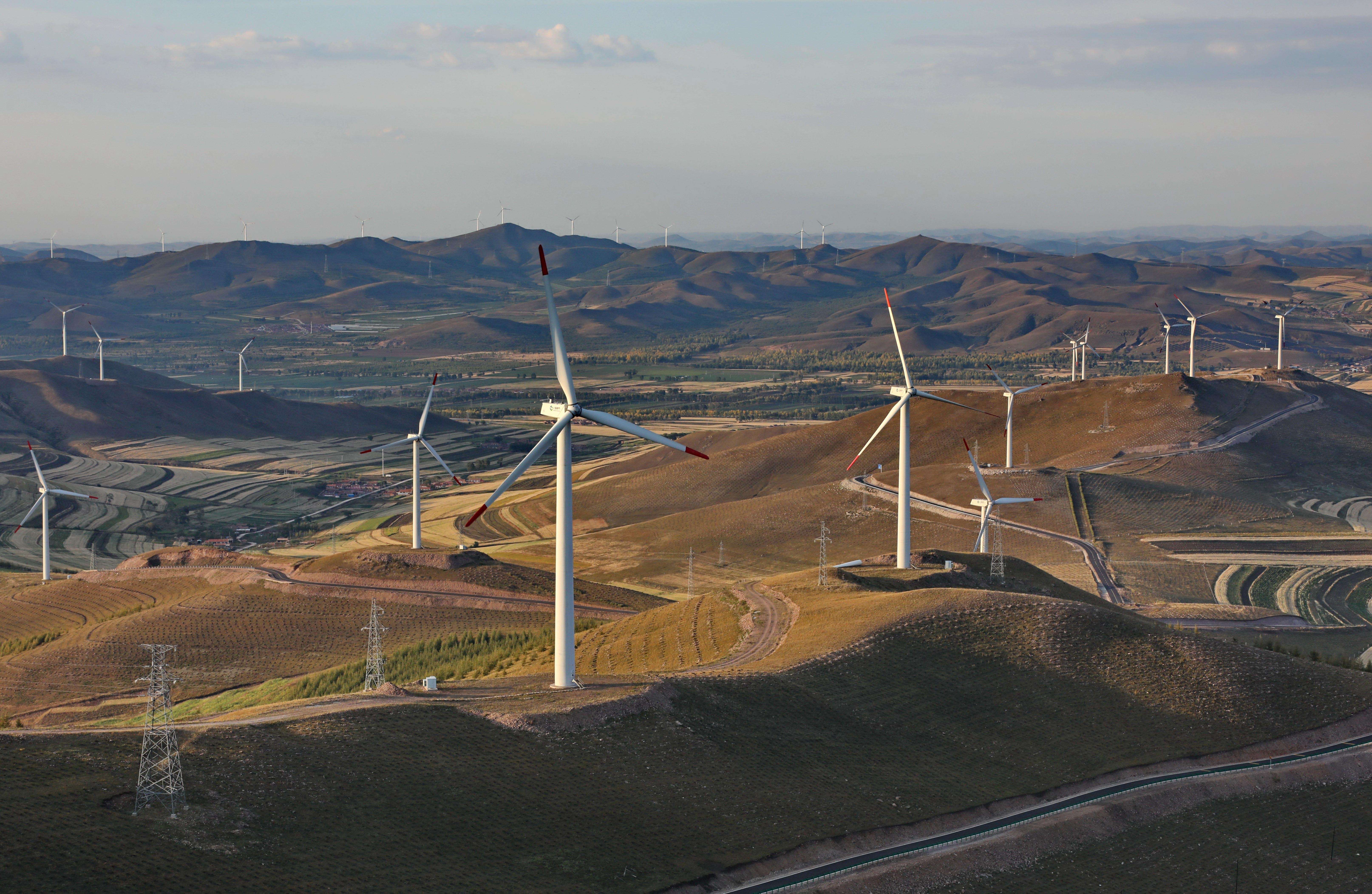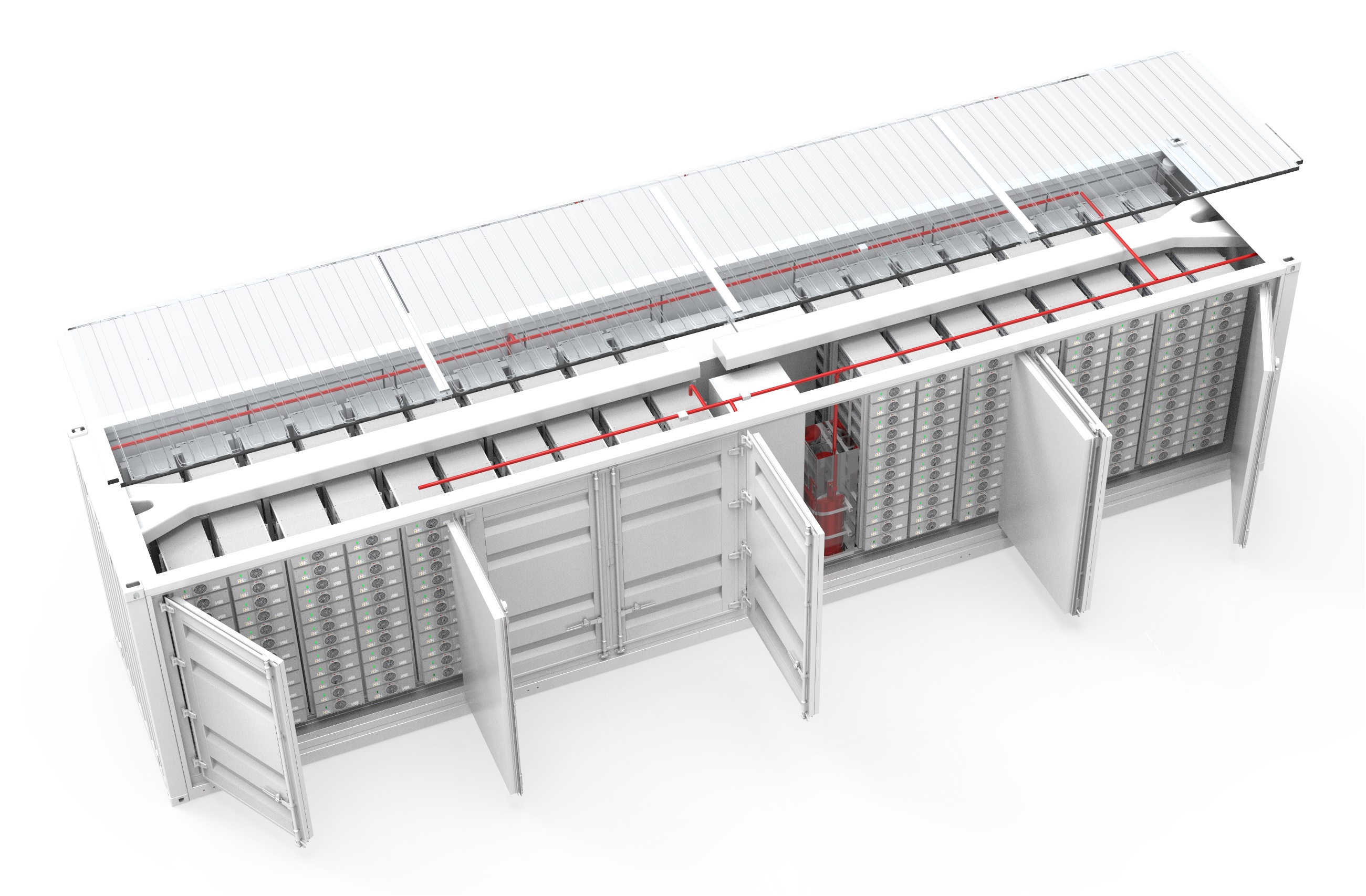
11 月 . 16, 2023 09:12 Back to list
Microgrid market development potential
Microgrids have gained significant attention in recent years as an effective solution for renewable energy and a crucial component of the energy Internet.They play a vital role in enhancing power supply reliability,economy,and the consumption of renewable energy.Essentially,a microgrid refers to a small power generation and distribution system that consists of distributed power sources,energy storage devices,energy conversion devices,related loads,monitoring,and protection devices.It is an autonomous system that can achieve self-control,protection,and management.Moreover,a microgrid can be connected to and operated in conjunction with the external power grid,or it can operate independently.
Microgrids serve as a powerful supplement to the larger power grid and play a pivotal role in the field of smart grids.They have extensive application prospects in industrial and commercial areas,urban regions,and remote locations.According to the latest research,the global microgrid market is expected to exhibit a compound annual growth rate (CAGR) of 16% between 2023 and 2027,with an estimated market worth of US$60.7 billion by 2027.This growth can be attributed to the ongoing structural transformation in world energy markets driven by environmental concerns,fuel supply limitations,increasing demand for resilience,and rising costs.

The widespread adoption of distributed energy technologies has enabled end users to transition their generation model from a centralized matrix to microgrids that can operate independently from the main power grid.Microgrids serve as an effective supplement to the backbone network and ensure national energy security.While the power backbone network exhibits scale effects,it faces the risk of paralysis if the main energy base or high-voltage transmission lines are damaged due to extreme geological disasters,extreme weather,war,or other factors.At such times,microgrids that operate independently can continue to function normally,mitigating the risk of power disruption.
Considering the increasing demand for national security infrastructure and national energy security,microgrids serve as a valuable supplement to the power backbone network,and their subsequent construction is expected to continue to grow.The market structure in the microgrid industry is fragmented,with multiple parties competing.On the demand side,various industrial and commercial business owners require microgrids,and many of them delegate the construction to power supply companies.These projects are then subcontracted and released in the market.However,the ultimate demand side consists of all industrial and commercial owners.

On the supply side,entities participating in the enterprise microgrid market can be categorized into three main groups.Firstly,software and hardware development and integration service companies under power grid companies play a significant role as many microgrid owners entrust power supply companies to construct their microgrids.Consequently,software and hardware companies under power grid companies handle numerous projects.Secondly,there are enterprises that extend their low-voltage electrical appliance production capabilities to corporate microgrids.Finally,some enterprises extend their integration capabilities to enterprise microgrids based on segmented fields.
Microgrids have gained strong interest both domestically and internationally due to their advantages of low cost,high power generation efficiency,flexibility,and reliability.Progress has been made in microgrid research,resulting in an increase in industry penetration.The rapid development of new energy applications further accelerates the growth of the microgrid industry.Additionally,with the improvement of institutional standards and the downward trend of costs,microgrids have become a crucial starting point for the construction of new power systems in China in recent years.
Will be removed if infringing
Reference website:https://zhuanlan.zhihu.com
-
Unraveling the Power of EMS Energy Management Systems
NewsOct.23,2024
-
Unleashing the Potential of Power System Management and Smart Energy Solutions
NewsOct.23,2024
-
Smart Energy Mastery: Unleashing the Power of Controls
NewsOct.23,2024
-
Smart Energy Management: Unleashing the Power of Energy Management Systems and BMS Energy
NewsOct.23,2024
-
Powering Progress: ADMS, Intelligent Management & More
NewsOct.23,2024
-
Energizing the Future: Devices, Smart Management & Savings
NewsOct.23,2024


